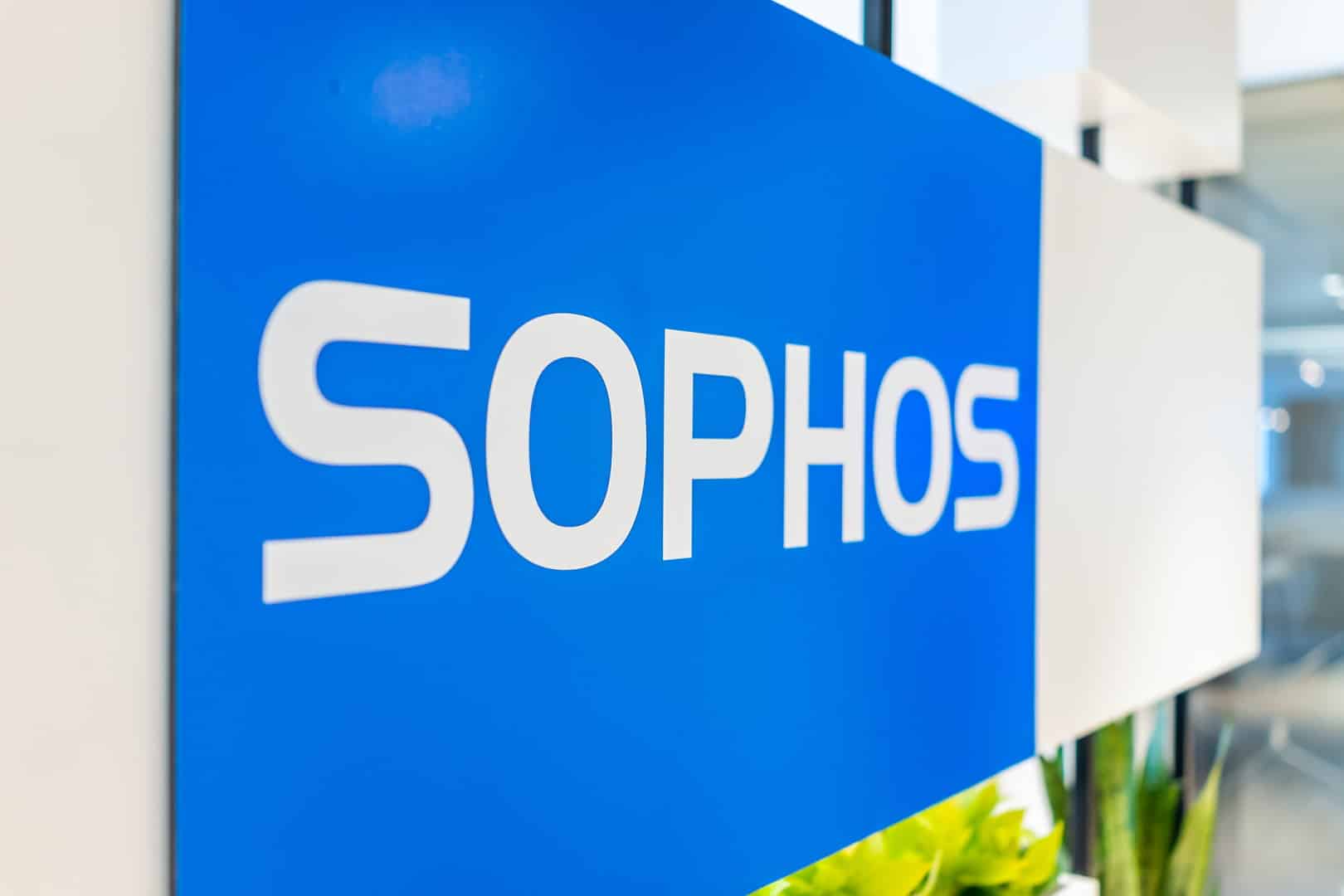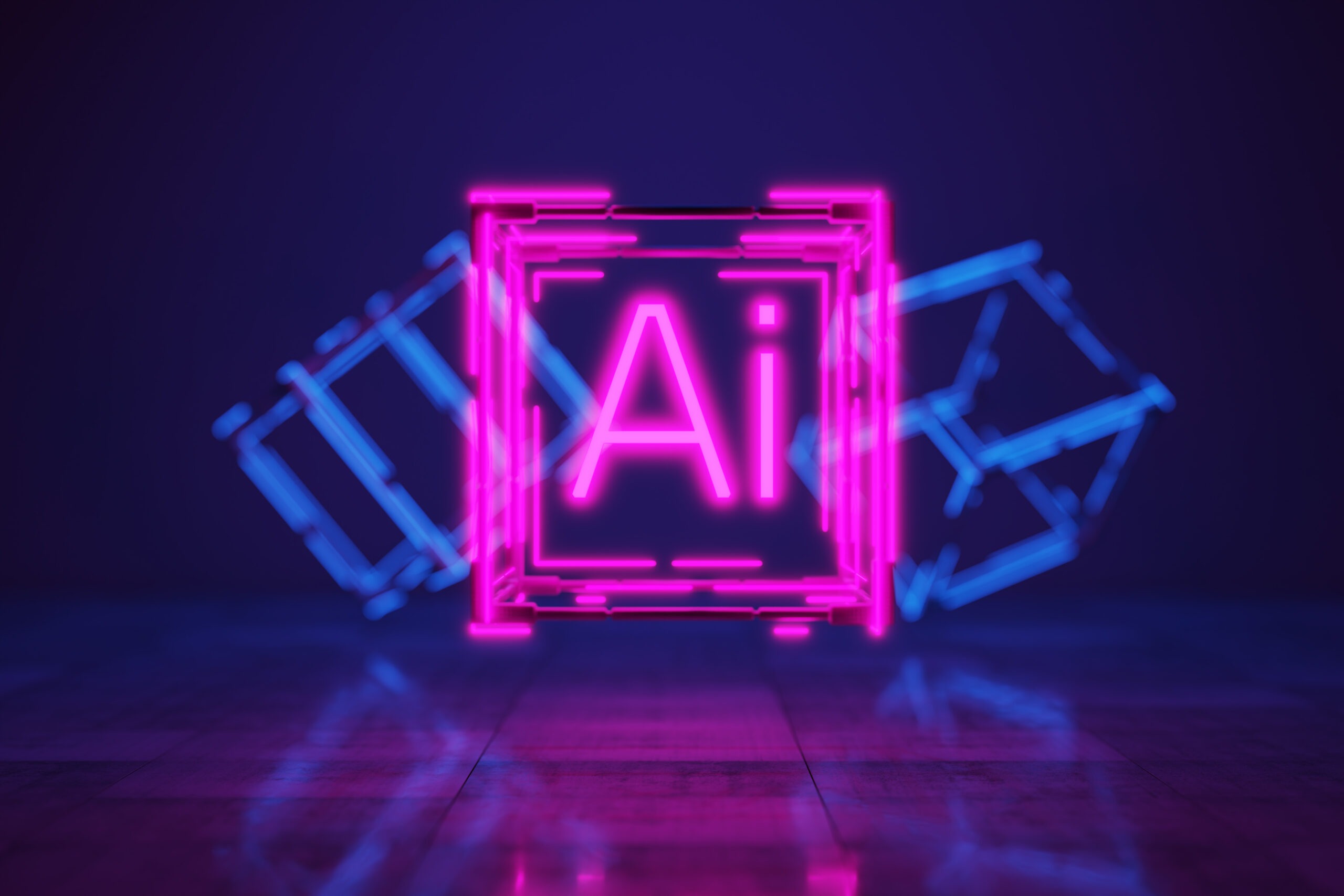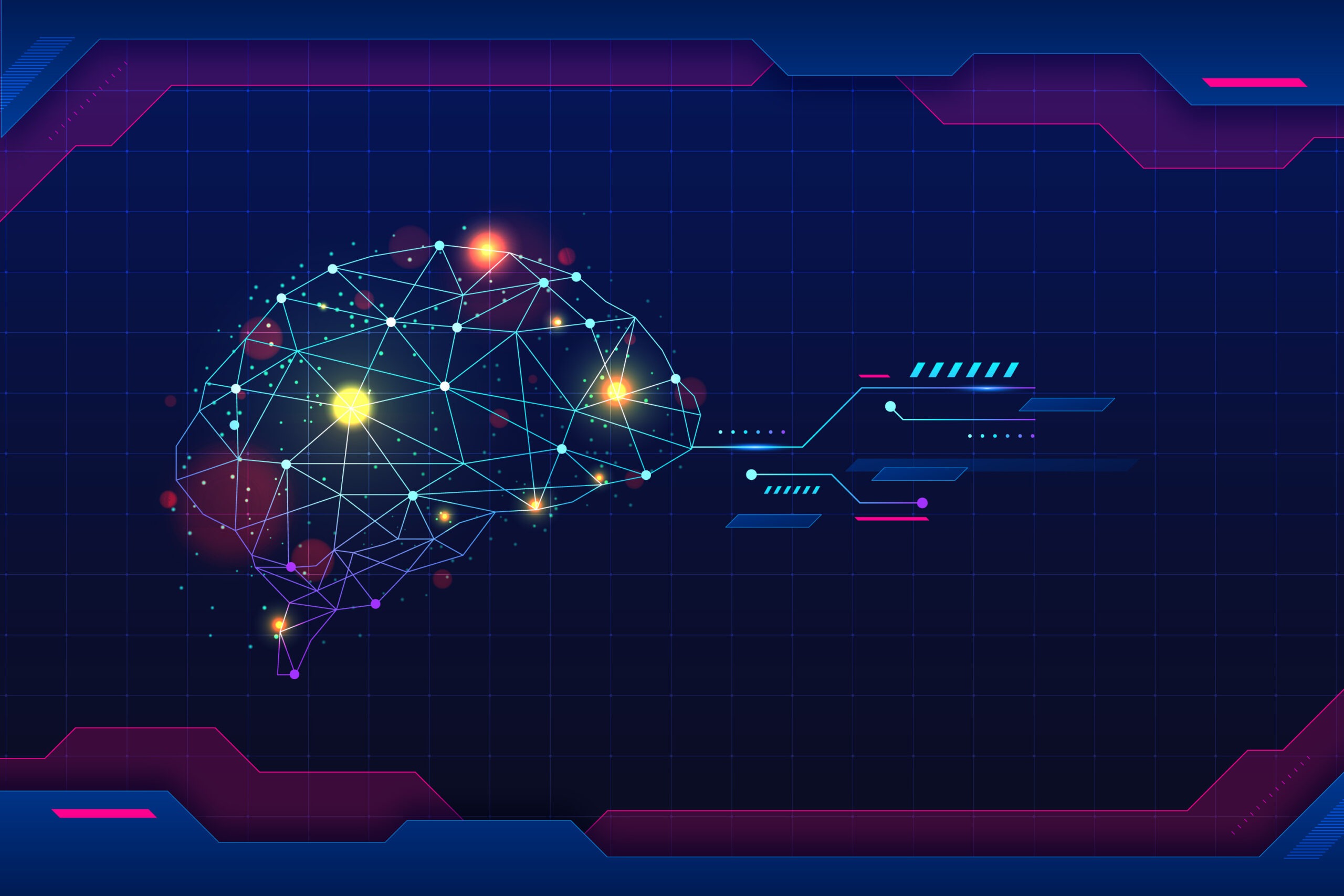Gen AI Flaws: A Rising Threat to Cybersecurity, Warns Sophos
Generative AI (Gen AI) has quickly become a cornerstone in the modern enterprise, particularly in cybersecurity, where its capabilities are leveraged to protect organizations from increasingly sophisticated threats. However, despite its rapid adoption and ambitious integration, Sophos’ latest research reveals that IT leaders are concerned about the potential risks posed by flaws in Gen AI tools to their cybersecurity strategies.
The Reality of AI in Cybersecurity
AI is deeply embedded in the cybersecurity landscape, as it is in many other areas of enterprise technology. Security providers emphasize the advanced AI models that power their platforms, helping organizations stay ahead of evolving threats. For many Chief Information Security Officers (CISOs) and IT leaders, AI has become a critical focus for driving innovation and ensuring robust cyber defenses.
While AI adoption in cybersecurity often brings advanced protection and improved ROI, Sophos’ research highlights that the situation is not as straightforward as it seems. Their “Beyond the Hype: The Business Reality of AI for Cybersecurity” report surveyed 400 IT and cybersecurity leaders to uncover insights into the adoption, benefits, and risks of AI—particularly Gen AI—within organizations.
Key Findings from Sophos
- Widespread AI Integration
The survey revealed that AI is nearly ubiquitous in cybersecurity: 98% of organisations use some form of AI in their infrastructure, and 65% leverage tools with Gen AI capabilities. Moreover, 34% of organisations have adopted Gen AI in-house to elevate their cybersecurity posture. - The Blindspot
Sophos found a critical blindspot in organisations’ understanding of AI-related risks. While AI adoption is widespread, 89% of IT and cybersecurity leaders expressed concerns about flaws in Gen AI tools potentially harming their organisations. - Cost Concerns
Beyond technical risks, 80% of leaders worry that the development and maintenance of Gen AI will significantly increase the cost of their cybersecurity solutions, further complicating the cost-benefit equation.
Balancing Benefits with Risks
Gen AI offers numerous advantages, such as improving threat detection, automating routine security tasks, and enhancing overall cybersecurity posture. However, Sophos warns that poorly developed or implemented AI models can offset these benefits and introduce vulnerabilities.
Chester Wisniewski, Director and Global Field CTO at Sophos, explains:
“As with many other things in life, the mantra should be ‘trust but verify’ regarding generative AI tools. We have not taught the machines to think; we have simply provided them with the context to speed up the processing of large quantities of data.”
While Gen AI can accelerate security workloads, Wisniewski emphasizes the importance of human oversight to ensure that these tools deliver meaningful results.
Recommendations for Embracing AI Safely
To mitigate the risks associated with Gen AI adoption, Sophos recommends a thoughtful, human-centric approach:
- Collaborate with Vendors
Partner with cybersecurity vendors to understand the development process of their AI models, including data quality, engineering practices, and risk mitigation strategies. - Set Clear Goals
Establish well-defined objectives for AI adoption to ensure alignment with both cybersecurity and broader organisational goals. - Think Holistically
AI should be viewed as a tool within the larger cybersecurity arsenal, not as a one-size-fits-all solution for every threat.
By embedding AI thoughtfully and ensuring robust human oversight, organisations can leverage its benefits while minimizing potential risks.
Conclusion
While the adoption of generative AI is transforming cybersecurity, it is not without challenges. Sophos’ research underscores the need for vigilance, collaboration, and strategic planning to harness AI’s full potential. For IT leaders, the key takeaway is clear: AI should complement, not replace, human judgment in building resilient cybersecurity systems.




